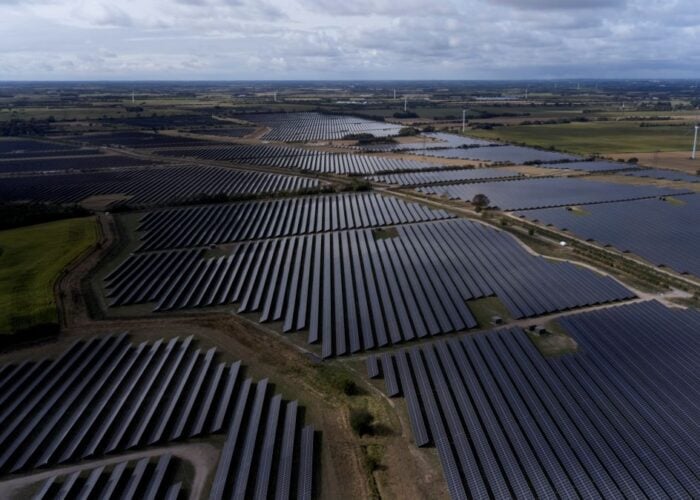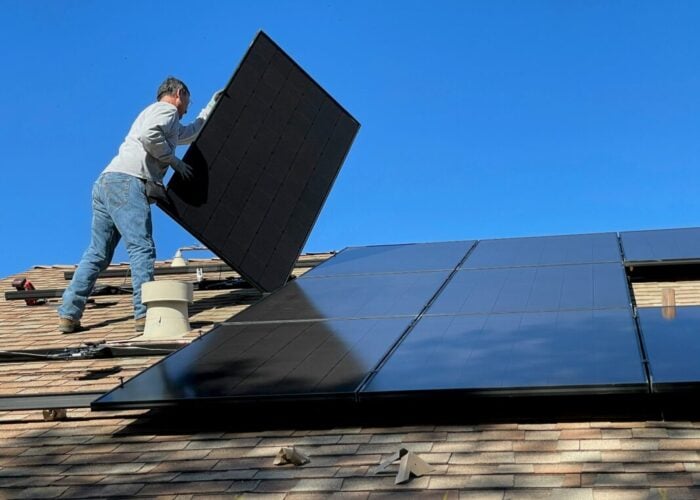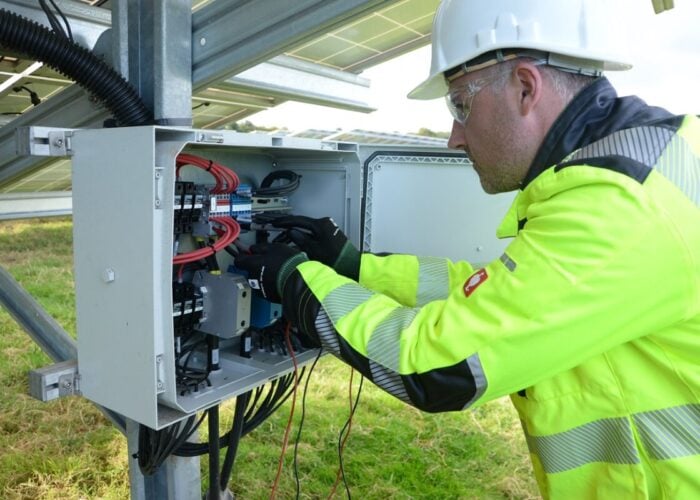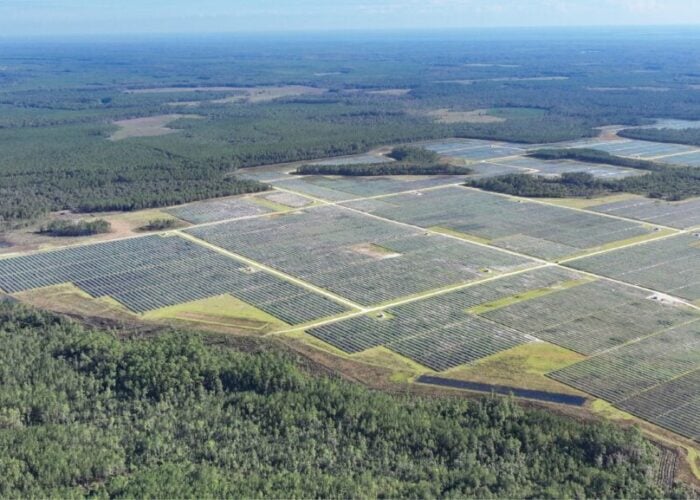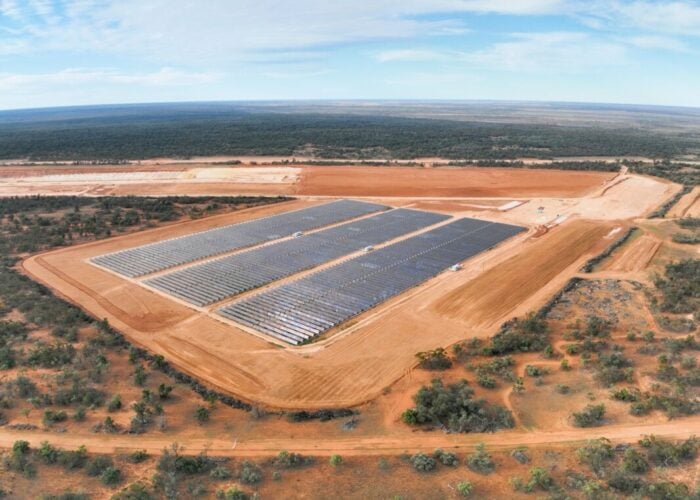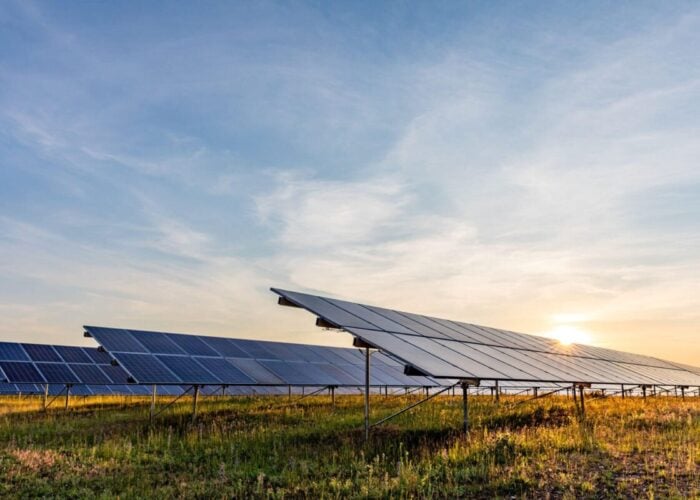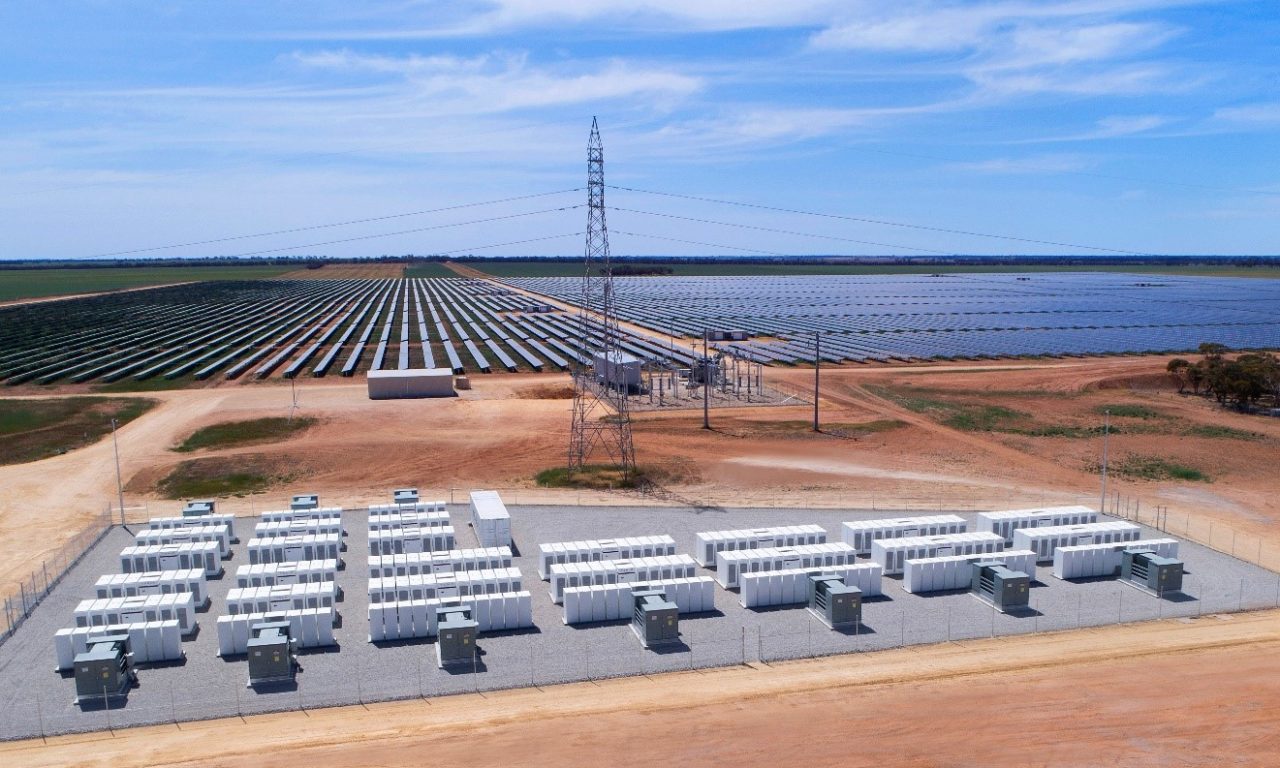
Five large solar farms in Australia that have operated under grid constraints since September 2019 have had those restrictions lifted, following the rollout of new inverter settings.
Five solar parks in the so-called West Murray Zone, which have a combined output of 350MW, have been constrained to just half of their nameplate capacity for the past seven months owing to grid congestion issues in Victoria and New South Wales.
Try Premium for just $1
- Full premium access for the first month at only $1
- Converts to an annual rate after 30 days unless cancelled
- Cancel anytime during the trial period
Premium Benefits
- Expert industry analysis and interviews
- Digital access to PV Tech Power journal
- Exclusive event discounts
Or get the full Premium subscription right away
Or continue reading this article for free
The Australian Energy Market Operator (AEMO) enforced the constraint, but formally lifted it earlier today (24 April 2020) after what it described as “unprecedented transparency and collaboration across the energy sector” helped tackle voltage oscillations stemming from a transmission fault.
The AEMO worked alongside network operators Powercor and Transgrid, Australia’s Clean Energy Council and the inverter manufacturer for all five solar farms, SMA, on tweaked inverter settings to address the voltage issue.
One of the projects to be affected by the issue was the 60MWdc Gannawarra Solar Farm, owned by developers Wirsol and Edify. The latter’s chief executive John Cole revealed that 12 local generator tests and four wider area network tests were conducted within a five-day window before the constraints were lifted.
SMA Australia was only too keen to help, and a solution developed by the firm’s Germany-based R&D engineers is now to be rolled out across its Sunny Central range of inverters in order to benefit Australia’s grid stability in the future.
While the lifting of curtailment is only provisional for now – the AEMO is to monitor generator performance closely in the coming weeks – the regulator lauded the collaborative efforts of the industry to tackle the “unprecedented grid performance and stability issues” raised by the connection of renewables output in remote areas.
“Solving the emergent challenge facing these solar farms required a collective response from many parties to develop a new solution that reduces the likelihood of enforcing constraints on inverter-based generators in areas of low system strength.
“AEMO would like to recognise and thank the many people who have contributed to overcome this Australian-first challenge as we work together to transform Australia’s energy system,” Alex Wonhas, chief system design and engineering officer at the AEMO, said.
The addition of sizeable quantities of renewable generation to Australia’s energy mix is producing consequences felt up and down the country. In February the AEMO noted that prices on the country’s National Electricity Market fell some 20% in Q4 2020, down to AU$72/MWh (US$48/MWh), driven by the increased presence of zero marginal cost renewables on the grid.
And concerns over grid stability issues in Australia are nothing new. Tesla famously provided a 100MW lithium-ion battery for South Australia – completed within 100 days, earning Tesla a reprieve from providing it for free – located adjacent to Neoen’s Hornsdale wind farm, providing critical grid stability services.

